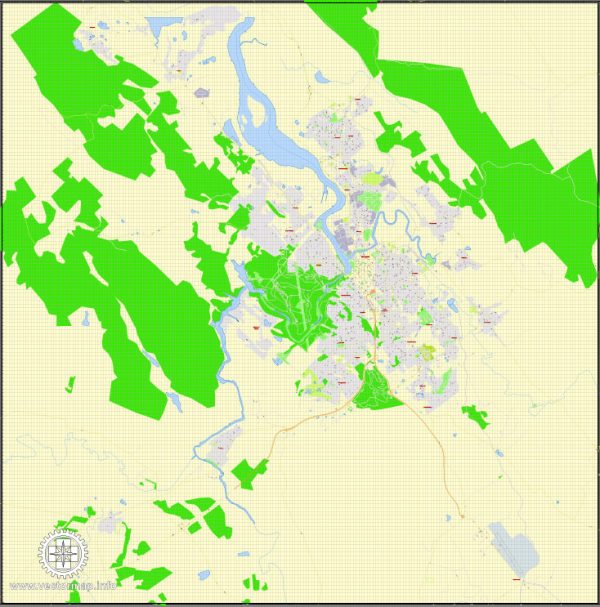Launceston, located in Tasmania, Australia, has a rich history of urban development that spans several centuries. Here’s an overview of the key historical milestones in the urban development of Launceston:
- Early Settlement (1806-1820s):
- Launceston was established in 1806 as a military outpost named Patersonia.
- In 1807, it was renamed Launceston after the birthplace of Governor Philip Gidley King in Cornwall, England.
- The early settlement saw the development of basic infrastructure to support the growing population, including roads, bridges, and rudimentary buildings.
- Convict Era (1820s-1850s):
- Launceston played a significant role during the convict era, receiving a large number of transported convicts.
- The construction of notable buildings, such as the Launceston Gaol (constructed in 1834), reflected the need for penal infrastructure.
- During this period, the city’s layout and architecture began to take on a more organized form.
- Economic Growth and Boom (1850s-1880s):
- The discovery of gold in Victoria in the 1850s led to an economic boom in Launceston as it became a major port for miners traveling to the goldfields.
- This prosperity contributed to the development of grand Victorian architecture in the city, with impressive public buildings and private residences.
- Transportation Improvements (19th Century):
- The 19th century saw the expansion of transportation networks, including the construction of railways and the Launceston tramway system, enhancing connectivity within the city and to other parts of Tasmania.
- Industrialization and Port Development (Late 19th Century):
- Launceston’s port played a crucial role in the export of agricultural products and minerals. The city’s industrial base expanded, leading to the development of warehouses and factories along the waterfront.
- Post-War Development (20th Century):
- In the post-World War II era, there was a period of suburbanization as the population grew and urban sprawl expanded.
- Modern infrastructure, including schools, hospitals, and recreational facilities, was developed to accommodate the needs of the growing population.
- Urban Renewal (Late 20th Century Onward):
- Like many cities, Launceston experienced urban renewal initiatives in the late 20th century, focusing on preserving historic areas while modernizing infrastructure.
- The city underwent efforts to enhance public spaces, promote tourism, and diversify its economy.
- Contemporary Development (21st Century):
- Launceston continues to evolve in the 21st century with a focus on sustainable development, technology, and cultural initiatives.
- The city’s historic architecture, such as the well-preserved Georgian and Victorian buildings, remains a key aspect of its identity.
Throughout its history, Launceston has experienced economic shifts, demographic changes, and urban planning adaptations that have collectively shaped its unique character and contributed to its status as one of Tasmania’s major cities.


 Author: Kirill Shrayber, Ph.D.
Author: Kirill Shrayber, Ph.D.